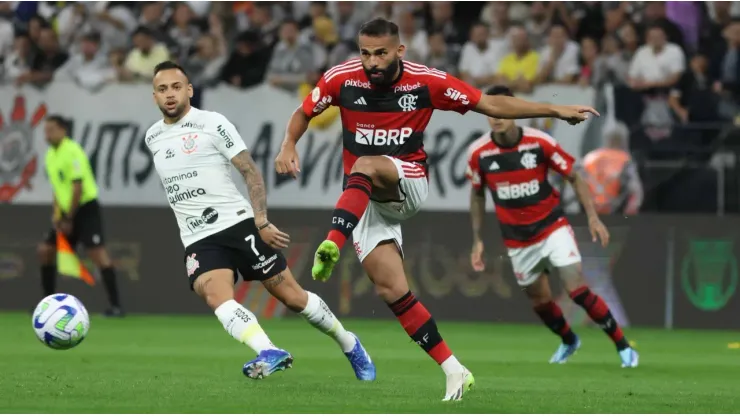Brazil is in a state of turmoil as two groups are competing to lead soccer in the South American nation to new heights. Across the top three divisions in Brazilian soccer, 60 teams are competing in the Brazilian pyramid. The Libra Project has agreements with 19 of those clubs to pool their media rights into one deal. The Liga Forte União comprises 26 clubs. It is marketing their rights for the next 50 years, or at least that is the plan. Both groups welcome outside investment as they look to increase revenues among Brazilian clubs.
However, the principal issue for Brazil is that it cannot maximize turnover and profits if the rival groups do not meet common ground. In other words, a unified Brazilian soccer system that collectively sells media rights can help grow the game further with domestic and international broadcast deals. Before these groups, Brazilian clubs operated independently as non-profit organizations. They were left to their resources to find broadcast deals.
There have been occasional talks between the Libra and Liga Forte groups to unify and collectively move Brazilian soccer forward. However, each wants to divvy the media rights differently, and that impacts which clubs join these groups. Still, groups banding together is a step in the right direction.
“If they can’t get an agreement and the two blocs negotiate separately [with broadcasters], it will be better than the previous situation, which was one-on-one with clubs. But it won’t maximize the value for Brazilian football,” says one person involved in the talks who spoke to the Financial Times.
Clubs in two rival groups want new competition in Brazil
The hunt for media rights is only the surface of a desire among clubs to reform Brazilian soccer. The current broadcast deals run through Globo, the largest mass-media company in Latin America. Brazilian clubs sign individual deals with Globo, which then sells rights deals domestically and internationally. Deals between clubs and Globo expire in 2024, which opens the door for a new era of Brazilian soccer on TV. The Financial Times notes centralizing rights allows clubs to have greater bargaining power. Also, Brazilian clubs can change product packaging and schedule alignment to better suit clubs’ needs.
There are difficulties that Brazil faces as it enters a new era of international viewership. Soccer is a diluted market, for sure. The Premier League, LaLiga, Serie A and other leagues in Europe dominate viewership. The Argentine Primera is also a major competitor for viewership in South America which often has similar kickoff times. That may hinder the ability of Brazil to land overly profitable deals in Argentina, for example.
Potential for Brazilian soccer
Brazil’s potential to build its clubs into a powerhouse of a league is undeniable though. Over 1,200 Brazilians have moved away from the South American nation to play professionally in other countries. That is over 200 more than the next most from one country, which is France. If the league can retain some of the talent and create a cycle for development, the Brazilian top flight can become one of the top five leagues in terms of revenue and turnover.
PHOTOS: IMAGO.
200+ Channels With Sports & News
- Starting price: $33/mo. for fubo Latino Package
- Watch Premier League, Women’s World Cup, Euro 2024 & Gold Cup
The New Home of MLS
- Price: $14.99/mo. for MLS Season Pass
- Watch every MLS game including playoffs & Leagues Cup
Many Sports & ESPN Originals
- Price: $10.99/mo. (or get ESPN+, Hulu & Disney+ for $14.99/mo.)
- Features Bundesliga, LaLiga, Championship, & FA Cup
2,000+ soccer games per year
- Price: $5.99/mo
- Features Champions League, Serie A, Europa League & Brasileirāo
175 Premier League Games & PL TV
- Starting price: $5.99/mo. for Peacock Premium
- Watch 175 exclusive EPL games per season







